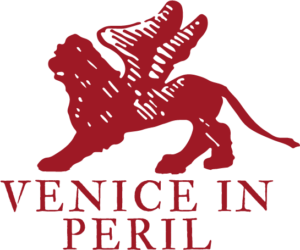Memorial to Ammiraglio Angelo Emo, Antonio Canova, Museo Navale
A conservation maintenance project by students of the Istituto Veneto per i Beni Culturali, to clean the surfaces of the funerary stele of Ammiraglio Angelo Emo
Memorial to Ammiraglio Angelo Emo, Antonio Canova, Museo Navale Read More »
